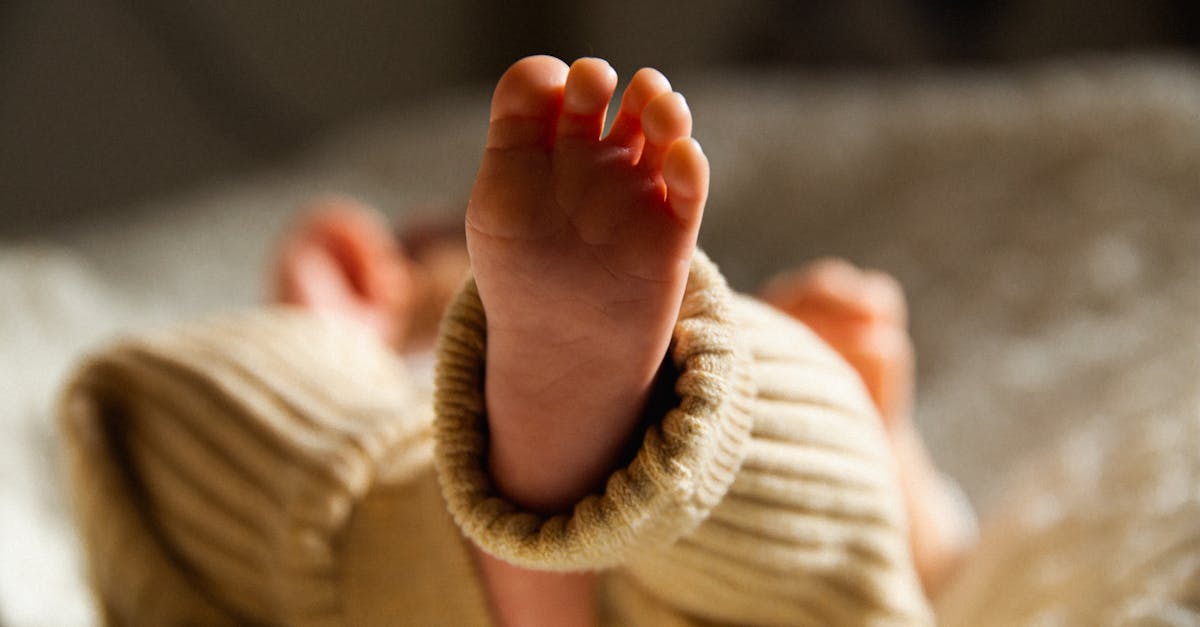Understanding the Right Timing
Knowing when to move your baby from a bassinet to a crib can feel like decoding a secret parenting message. It usually comes down to size, mobility, and your gut feeling. Most experts recommend making the switch by the time your little one is 3 to 6 months old.
Remember, there’s no one-size-fits-all answer here. It’s about observing your baby’s cues and growth milestones. And if you’re tempted to wait until they officially outgrow the bassinet, just imagine trying to fit into your high school jeans. Spoiler: It’s not pretty.

Creating a Familiar Environment
To make the crib seem less like uncharted territory and more like a safe haven, start by introducing familiar items. A favorite blanket or a well-loved teddy can make the crib feel like home. This is not just about comfort items, though. It’s also about replicating the cozy feel of the bassinet. Some parents use fitted sheets from the bassinet or play soft music that the baby associates with sleep. Think of it as setting the scene for a peaceful slumber, minus the bedtime stories, for now.

Making the Transition Gradual
Abrupt changes in a baby’s sleeping environment can be as shocking as a cold shower in the morning. Instead, think of this as a marathon, not a sprint. Start with supervised daytime naps in the crib to get your baby accustomed to the new feel and view. This way, the crib doesn’t become the mysterious place where they are left alone at night but a familiar nap haven. It’s about making the crib an old friend, not a new foe.

Ensuring Safety First
Safety is the pinnacle of the crib transition. Ensure the crib meets current safety standards and is free of toys, loose bedding, and bumpers. Consider the placement of the crib in the room as well; it should be away from windows, curtains, and cords. This is not just about ticking off a checklist; it’s about creating a haven of safety. Picture it as baby-proofing 2.0, where even the smallest detail matters.

Handling Emotional Hurdles
It’s normal for both you and your baby to have a rollercoaster of emotions during this transition. From separation anxiety to a nostalgic longing for the days when they seemed so tiny in the bassinet. Acknowledging these feelings and maintaining a positive attitude will help your baby sense that the crib is a happy and safe place. Remember, your baby is an emotional sponge, soaking up your vibes. So, keep it light-hearted and positive, even if it means shedding a tear or two in private.

Encouraging Baby’s Independence
Promoting your baby’s sense of independence is crucial during this transition. Encouraging self-soothing and establishing a bedtime routine can foster this independence. This might include letting them fall asleep on their own and ensuring they have a consistent sleep environment. It’s a gentle nudge towards autonomy, akin to the first release of a bicycle when teaching them to ride. It might be wobbly at first, but it’s the start of them riding solo, sleep-style.

